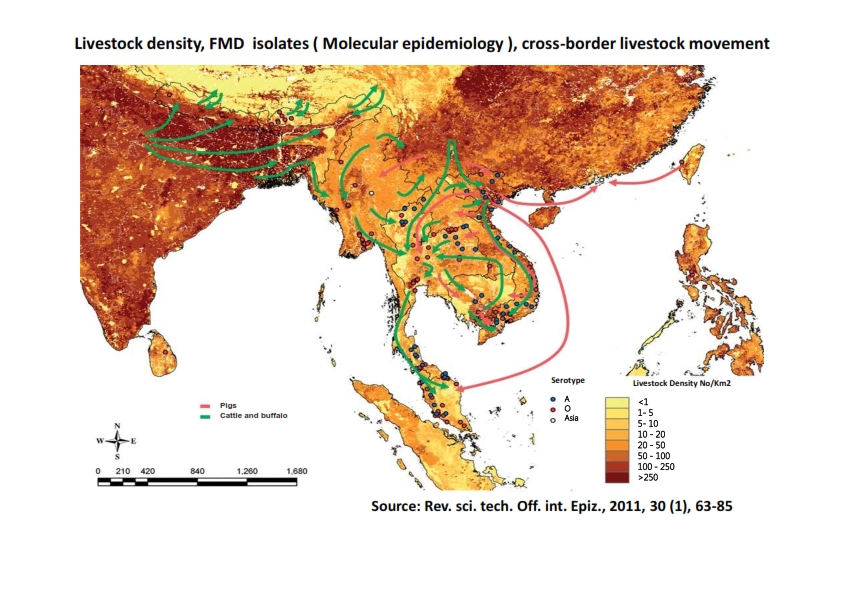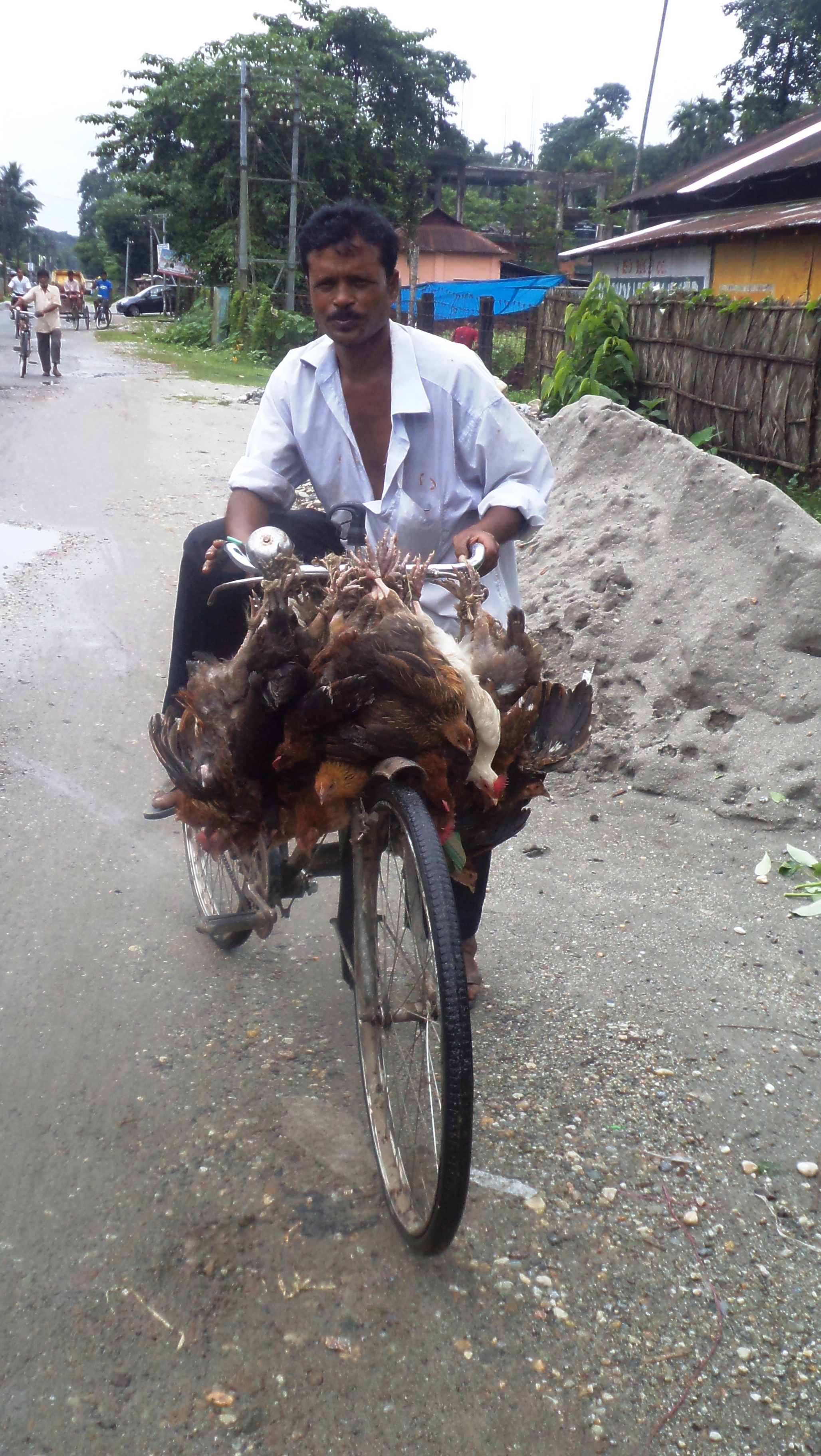Dr Miftahul Islam Barbaruah
Transboundary animal diseases (TAD), significance of which often transcends national boundaries can be a cause of national emergencies. Research indicates that 75 percent of infectious agents known to be emerging in human populations are deemed zoonotic. TAD is also very important for food security, sustained economic development and trade. It is imperative therefore, wherever possible, to limit the socio-economic disruptions resulting from outbreaks of TAD. The scientific community worldwide has recognized the need for inter-sectoral, integrated interventions essentially targeting human –animal –ecosystem interface issues (One Health approach) to control all Highly Pathogenic Emerging and re-emerging diseases (HPED). Large investments are being made in targeted regions under facilitating mechanism like Global Framework for the Progressive control of Transboundary Animal Diseases (GF-TAD).
There are strong social and economic rationale for public intervention and cross-border collaboration for collective action against TAD. It has been a challenge to develop and implement cost effective actions within a comprehensive framework for control of TAD. In India, the technical ability to control animal diseases has greatly advanced in recent years.
The country has harnessed the technological advances and off late launched National Animal Disease Reporting System (NADRS) and web based GIS platform (National Animal Disease Referral Expert System –NADRES) to support surveillance and control of livestock diseases. The DAHD, GOI is supporting various national institutions (e.g. Animal Quarantine and Certification Services, National Veterinary Biological Products Quality Control Center, Central and Regional Disease Diagnostic Laboratories) and state governments for livestock health and disease control. Amongst the various central sector schemes, funds earmarked for five central schemes are being directly used for control of TAD in India. These are Assistance to States for Control of Animal Disease (ASCAD), Foot and Mouth disease Control Program (FMD-CP), National Control Program of PPR, National Project on Rinderpest Eradication and National Animal Disease Reporting System. The improved information exchange has facilitated reaction to TAD with greater regional cooperation amongst SAARC countries. It is to be noted that the SAARC adopted GF-TAD during the year 2006.
South Asia in general and India in particular are incurring huge losses mostly from two important transboundary animal diseases viz. Foot and mouth disease (FMD ) and Peste des Petits Ruminants ( PPR ). Classical Swine Fever can also be considered as a disease of transboundary importance in the context of North East India.
Beyond apparent causes, a complex interplay of environmental factors is known to be behind spread of animal diseases. Networks and linkages in livestock value chains that link production systems, markets and consumers constitute a contact network, which provides opportunities for the transmission of contagious diseases within and between sectors. A number of factors can be considered as risk indicators for transboundary transmission of diseases. Possible risk indicators can be linked to market systems such as presence of movement corridor for livestock and livestock products, presence of livestock markets, permanent and temporal driving forces for cross border trade etc.
Livestock sectors are constantly evolving in order to meet the changing needs of a globalized society. There is a surge in border trade. These processes are bringing new and changing disease risk.
Defining and analyzing the market systems more particularly the value chain in the context of identifying the disease risk and to assist in stakeholder engagement (national and international) for risk mitigation in a targeted manner is critical to achieve the goal of disease control.






